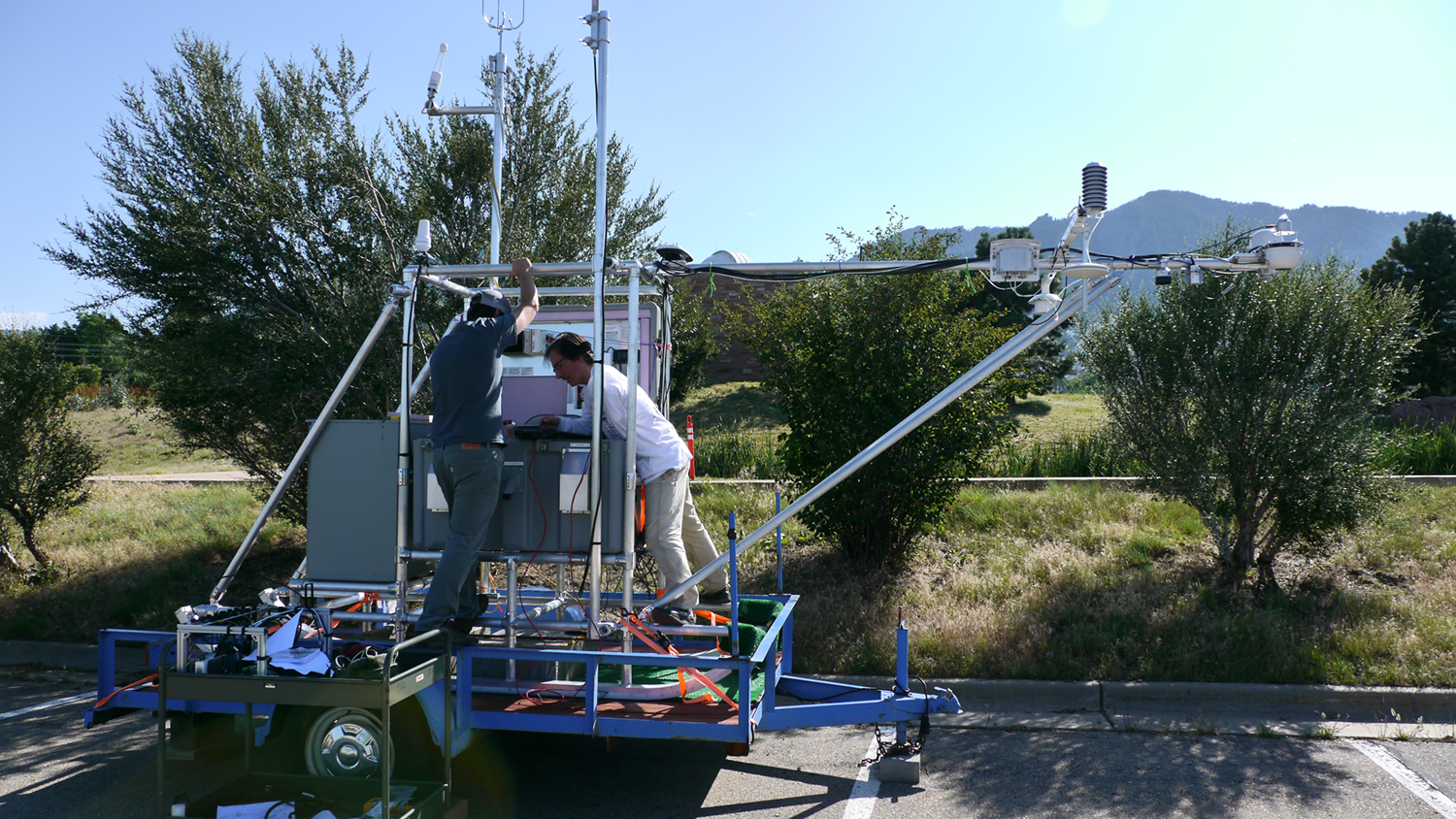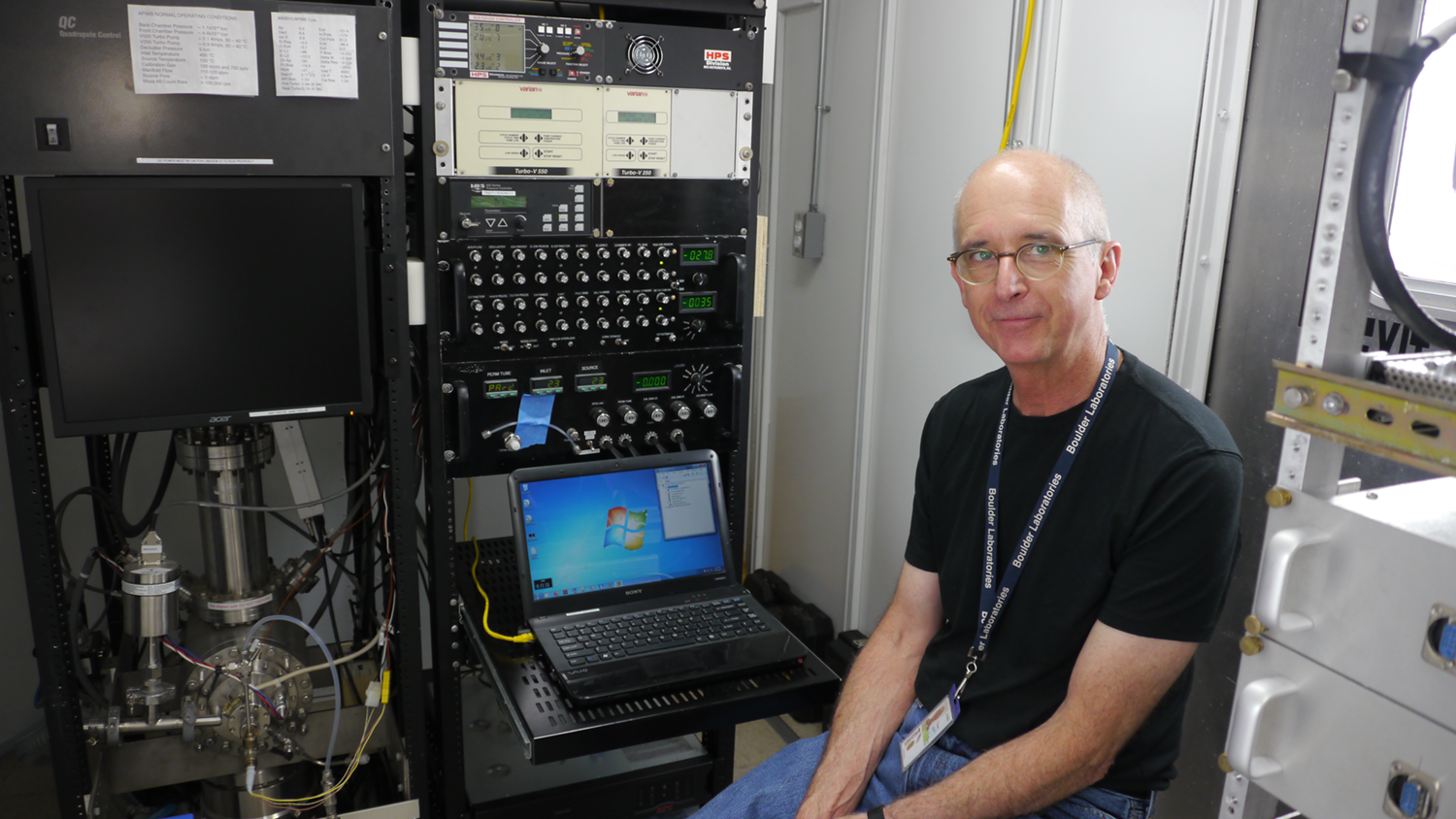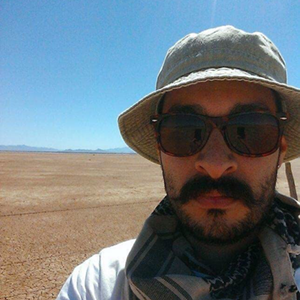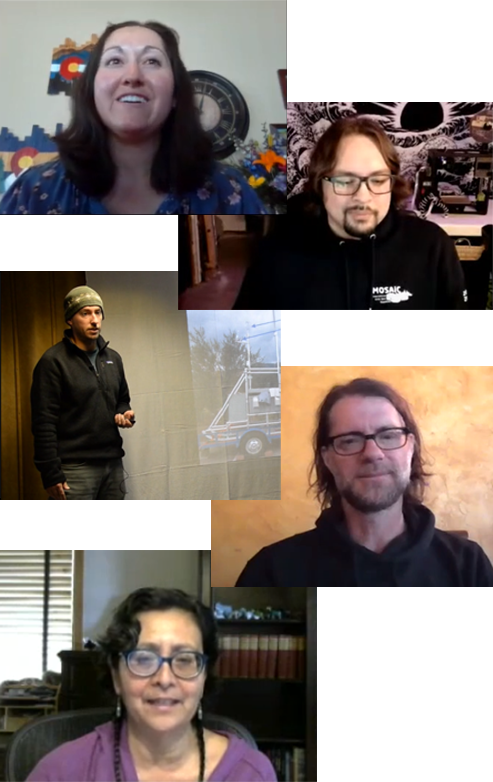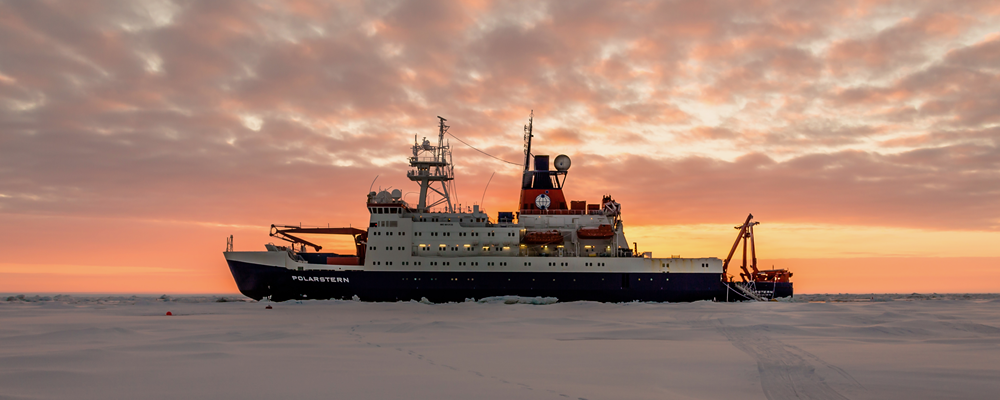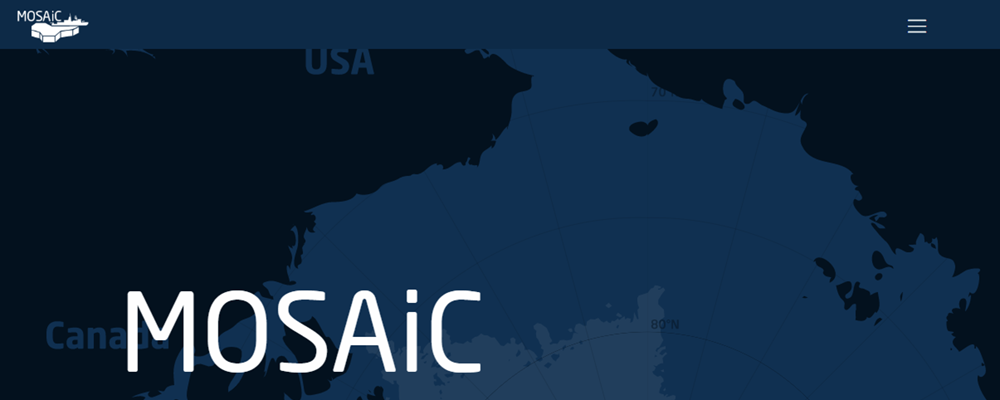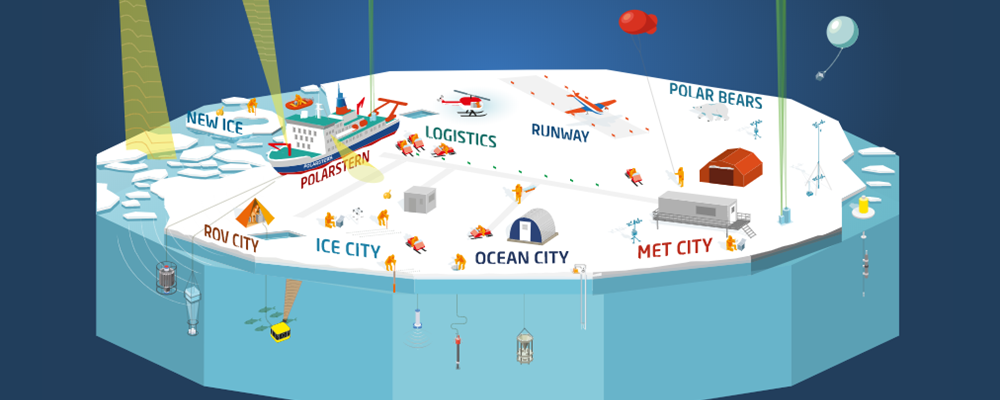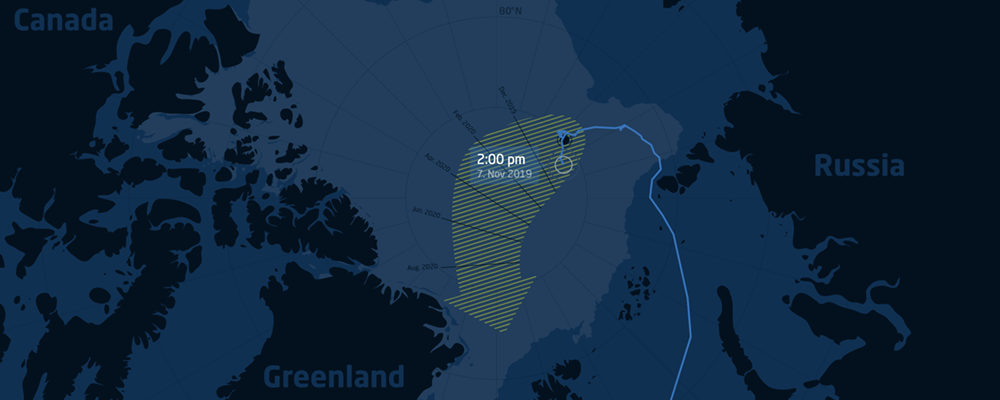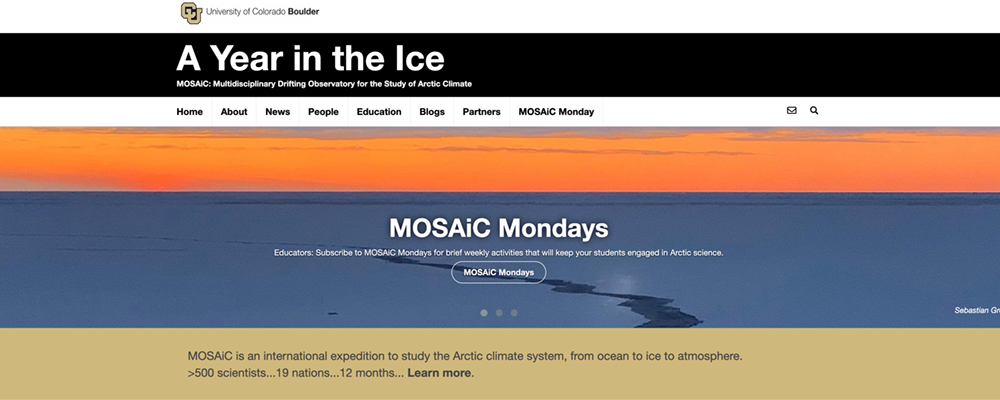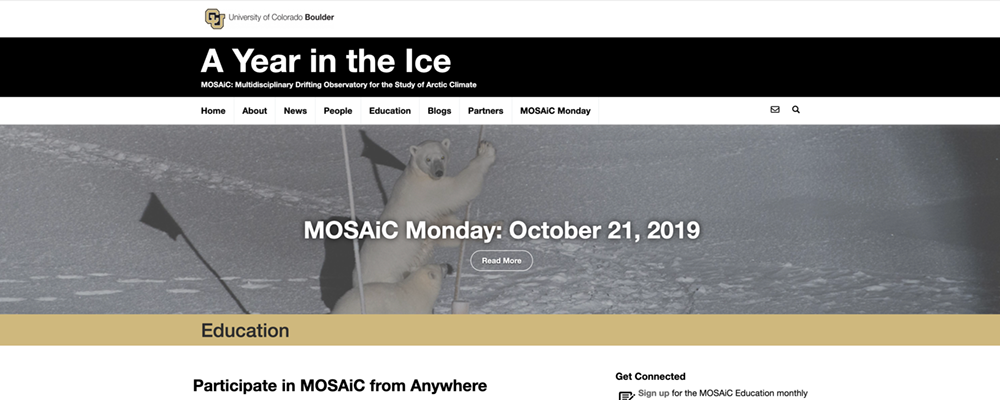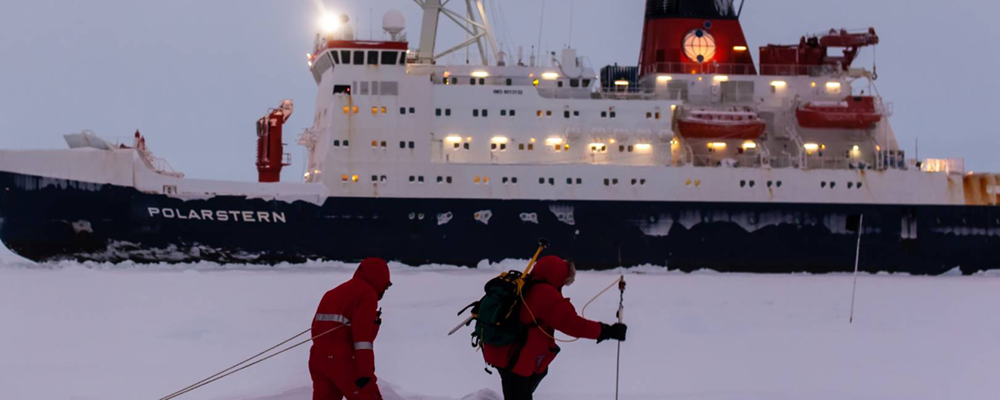MOSAiC
Multidisciplinary Drifting Observatory for the Study of Arctic Climate
About the Expedition

The Multidisciplinary Drifting Observatory for the Study of Arctic Climate (MOSAiC) was an international research expedition to study the physical, chemical, and biological processes that coupled the Arctic atmosphere, sea ice, ocean, and ecosystem. Beginning in fall 2019, the RV Polarstern icebreaker drifted with [was frozen in] Arctic sea ice over a year, and served as an intensive observatory, allowing scientists to collect data in every season. Surrounding the ship was a distributed network of key measurements to capture information on spatial variability. Coordinated activities from land-based stations, aircraft, additional ships, and satellites supported the expedition, providing the large-scale context. Jointly this constellation of observations and subsequent analyses will contribute to model improvements at many scales, as well as sea-ice forecasting, representations of local- and large-scale weather, and climate prediction.
The expedition was led by Germany’s Alfred Wegener Institute (AWI), with key support from the U.S.’s Cooperative Institute for Research in Environmental Sciences (CIRES) at the University of Colorado Boulder, and the NOAA Physical Sciences Laboratory (PSL). Overall, 17 nations were involved; the U.S. represents the second largest national contribution with funding support from NOAA, NSF, DOE, and NASA.
Our Role in MOSAiC: PSL and CIRES scientists were heavily involved in MOSAiC since the beginning, including developing the initial concept for a year-long, multi-disciplinary project in the Arctic sea ice; playing the chief editorial role for the MOSAiC Science Plan; serving in many leadership roles; implementing multiple science projects; and engaging in outreach and communications activities.
Acknowledging Support: MOSAiC participants from PSL and CIRES were supported by funding and in-kind contributions from the NOAA PSL Director’s Office, the NOAA Arctic Research Program, the CIRES Communications and Education/Outreach Directors, the U.S. National Science Foundation’s Division of Polar Programs, the U.S. Department of Energy’s Atmospheric Radiation Measurement (ARM) and Atmospheric System Research (ASR) programs, and the Alfred Wegener Institute (AWI).
Partners
| Alfred Wegener Institute (Germany) | |
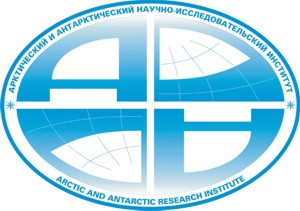 |
Arctic and Antarctic Research Institute (Russia) |
 |
Cooperative Institute for Research in Environemental Sciences (United States) |
 |
Deutsche Forschungsgemeinschaft (Germany) |
 |
European Commission (European Union) |
 |
Leibniz Institute for Tropospheric Research (Germany) |
| National Oceanic & Atmospheric Administration (United States) | |
| National Science Foundation (United States) | |
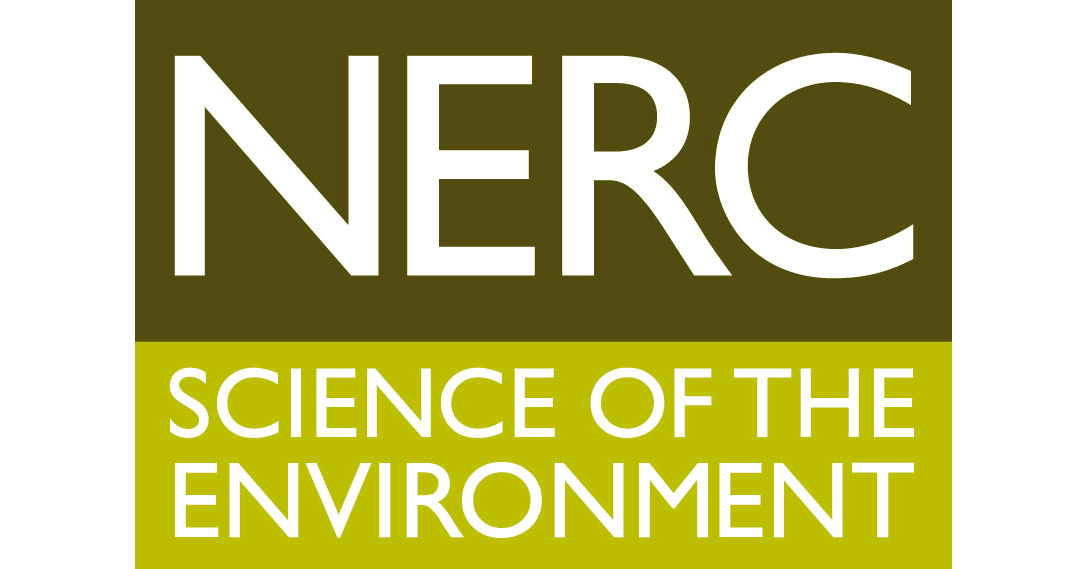 |
National Environment Research Council (United Kingdom) |
| Norwegian Polar Institute (Norway) | |
| Polar Research Institute of China (China) | |
 |
US Department of Energy (United States) |
PSL Projects
Click a heading to expand project details.
Description: Operation of a main flux-meteorological tower, along with a set of 3 semi-autonomous Atmospheric Surface Flux Stations (ASFS)
Project Name: Understanding the thermodynamic and dynamic drivers of sea ice mass budget
Approach: To characterize atmospheric fluxes of energy, moisture, and momentum at the surface, PSL/CIRES will develop and operate a main flux-meteorological tower on the sea ice at the MOSAiC central observatory, along with a set of at least 3 semi-autonomous Atmospheric Surface Flux Stations (ASFS) in the MOSAiC distributed network. The tower and flux stations will provide measurements of the surface turbulent heat, radiative, and ground heat fluxes as well as the momentum flux. At each of these points, Autonomous Ocean Flux Buoys (AOFB) will measure ocean heat, salt, and momentum fluxes, and Ice Mass Balance Buoys (IMB) will measure the thickness and thermodynamic state of the sea ice. A network of position buoys across the entire MOSAiC distributed network will provide information on ice dynamic processes. These measurements will continue for the full MOSAiC annual cycle, and the observations will contribute to regional, coupled system modeling. efforts.
Science Goals:
- Assess annual cycle of sea ice energy budget: A full quantification of all terms of the surface energy budget over sea ice, including heterogeneity across the sampling domain.
- Closure studies: Evaluate consistency across different terms for understanding evolution of ice thickness at individual points, ice volume over a domain, and ice momentum-movement.
- Develop process relationships: Establish key relationships among surface energy budget terms and drivers of the coupled system that can be used to assess model behavior and performance.
- Conduct process and sensitivity studies: Examine surface energy budget processes as a function of conditions such as ice thickness, open water fraction, atmospheric forcing, etc.
- Assess sea-ice prediction: Use details, high-resolution observations to assess sources and uncertainties associated with sea-ice prediction using a regional coupled system model.
Support: NSF Division of Polar Programs (personnel, equipment, scientific analysis, model process studies) and NOAA Physical Science Division and Arctic Research Program (engineering development, personnel, equipment, operational modeling);
PSL/CIRES Participants: Matthew Shupe (PI), Ola Persson, Amy Solomon, Christopher Cox, Chris Fairall, David Costa, Sergio Pezoa, Thomas Ayers, Jesse Leach, Jackson Osborn, Sara Morris, Taneil Uttal
Key Collaborators: Tim Stanton (Moss Landing / Naval Postgraduate School, ocean heat fluxes), Don Perovich (Dartmouth University, ice thermodynamics and thickness), Jennifer Hutchings (Oregon State University, ice dynamics buoys)
Links:
- Learn more about the Atmospheric Surface Flux Stations
- Tim’s AOFB web page: https://www.oc.nps.edu/~stanton/fluxbuoy/
- Don’s IMB web page: http://imb-crrel-dartmouth.org/
- Jenny’s homepage: http://people.iarc.uaf.edu/~jenny/
Description: Surface flux measurements of climate-active trace gases: carbon dioxide, methane, dimethyl sulfide, and ozone (CO2, CH4, DMS, O3)
Project Name: Characterizing air-sea exchange of CO2, CH4, O3, and DMS in a sea-ice environment
Approach: Surface flux measurements of four climate-active trace gases: carbon dioxide, methane, dimethyl sulfide, and ozone (CO2, CH4, DMS, O3). Continuous eddy correlation flux measurements will be obtained from a ship-mounted meteorological tower and from a 10-15m surface flux tower located at the Met City ice camp ~0.5 km from the ship. Dynamic-chamber flux measurements will be conducted on a weekly basis to constrain gas transfer over a variety of ice and snow surfaces and link fluxes to potential sources and sinks in sea ice throughout the freeze-melt cycle. Fluxes will be interpreted with respect to the chemical, biological, and physical characteristics of seawater and sea ice, which are principal activities of collaborating MOSAiC investigation teams.
Goals: The primary goal is a synthesis of direct gas transfer and ocean-ice biogeochemical and physical observations to improve the understanding of air-sea gas exchange in the central Arctic. Modeling activities will focus on a bulk physical gas transfer algorithm for the sea ice environment and on verification of coupled ocean-sea ice-atmosphere biogeochemical sea ice models through comparison with direct flux measurements. Additional studies will be conducted utilizing 1-D and 3-D chemistry-climate modeling systems to assess the regional and global atmospheric impact of trace gas exchange over the sea ice-dominated central Arctic.
Support: NSF Division of Polar Programs and NOAA Physical Sciences Laboratory
PSL/CIRES Participants: Byron Blomquist (PI), Chris Fairall, Ludovic Bariteau
Key Collaborators: Detlev Helmig (University of Colorado INSTAAR, O3 processes), Steven Archer (Bigelow Laboratory for Ocean Sciences, sea-ice biogeochemistry and DMS processes), Laurens Ganzeveld (University of Wageningen, Netherlands, 1-D and 3-D atmospheric chemistry and transport modeling)
Description: Deployment of a fleet of small unmanned aerial systems (sUAS) to sample meteorological and ice regimes
Project Name: Measuring Spatial Variability of Boundary Layer and Surface Properties
Approach: To capture three dimensional perspectives on the near-surface environment around the Polarstern, PSL/CIRES and CU investigators will deploy a fleet of small unmanned aerial systems (sUAS) as part of the MOSAiC central observatory. These systems will be deployed during legs 3 through 5, allowing for the sampling of a variety of meteorological and ice regimes. The UAS will provide detaild measurements of thermodynamic state, turbulence and winds, infrared surface and sky temperatures, and surface albedo. Flight patterns will include regular profiling of the lower atmosphere to increase the temporal resolution vertical structure measurements, spatial sampling to understand variability inside of a model grid box, detailed sampling of the atmosphere over leads and other spatial heterogeneities and routine mapping of surface properties, including albedo. These measurements will help to support the development of process understanding while simultaneously providing forcing and evaluation datasets for model simulations.
Goals: Measure sub-grid scale variability in the coupled system and evaluate whether this variability is represented by today’s modeling tools Make detailed measurements of leads in sea ice including the transport of energy to the atmosphere over these heterogeneities. Determine to what extent this energy transfer and the associated boundary layer evolution is captured by numerical models Measure the complex structure of the central Arctic boundary layer and its evolution, including stable boundary layers and the interaction between boundary layer and cloud layers. Evaluate the ability of current modeling tools to represent this structure given their relatively coarse resolution.
Support: NSF Division of Polar Programs and NOAA Physical Sciences Laboratory
PSL/CIRES Participants: Gijs de Boer (PI), John Cassano, Jackson Osborn
Key Collaborators: Dale Lawrence (University of Colorado), Brian Argrow (University of Colorado)
Links: CU IRISS web page: https://www.colorado.edu/iriss/
Description: Deployment of ARM Mobile Facility #2 to measure cloud, aerosol, radiation, and precipitation processes
Project Name: Cloud, aerosol, radiation, and precipitation processes
Approach: The US Department of Energy (DOE) Atmospheric Radiation Measurement (ARM) Program will deploy its ARM Mobile Facility #2 (AMF2) on and around the Polarstern during MOSAiC. This will include an extensive suite of atmospheric measurements targeting atmospheric structure, clouds, precipitation, radiation, and aerosols. Measurements with large and/or sophisticated instruments will be installed on Polarstern, while measurements that must be separated from the adverse impacts of the ship itself will be installed in the ice camp near Polarstern. The DOE Atmospheric System Research (ASR) Program and NOAA Physical Sciences Laboratory are supporting the development of merged observatory data files (MODFs) that will draw from many of the measurements made by the AMF2 as well as collaborating measurements; these MODFs will be designed to provide first-order data sets of essential variables that can help to fulfill many user needs, including evaluation of models, and to support broad engagement of the community in using the ARM and MOSAiC data.
Goals: The AMF2 measurements during MOSAiC can be used to address a diverse set of scientific objectives, and open use of the data by the general scientific community is encouraged. All data will be available via the ARM Archive . The specific scientific objectives outlined by the proposing research team include:
- Surface Energy Budget: Close the surface energy budget and understand its variability in all seasons.
- Clouds and Precipitation: A full characterization of microphysical, macrophyiscal, and spatial structure of clouds and precipitation over a continuous year.
- Aerosols: The first annual cycle characterization of central Arctic aerosol physical, chemical, optical, and cloud-active properties, including source attribution.
- Atmospheric Boundary Layer: Annual cycle assessment of ABL stability, the processes that erode it, and the resulting vertical atmospheric structure.
Support: DOE Atmospheric Radiation Measurement (ARM) and Atmospheric System Research (ASR) Programs and NOAA Physical Sciences Laboratory;
PSL/CIRES Participants: Matthew Shupe (PI), Gijs de Boer (Co-PI), Michael Gallagher, Ola Persson, Taneil Uttal
Key collaborators: ARM Mobile Facility team (Los Alamos National Laboratory); ARM instrument mentor team (DOE national laboratories); Kerri Pratt (University of Michigan, aerosol sampling); Jessie Creamean (Colorado State University, aerosol sampling); Proposal team: de Boer, Dethloff, Hunke, Maslowski, McComiskey, Persson, Randall, Tjernstrom, Turner, Verlinde.
Links:
- ARM Program: www.arm.gov;
- ARM Archive: www.archive.arm.gov;
- ARM MOSAiC Program: https://www.arm.gov/research/campaigns/amf2019mosaic
Description: PSL/CIRES to provide regional coupled-system models and forecasts with PSL CAFS
Project Name: Regional coupled-system modeling
Approach: To complement MOSAiC field observations, PSL/CIRES will deliver quasi-operational regional model forecasts with the PSL Coupled Arctic Forecast System (CAFS) for the full MOSAiC year. These forecasts will provide operational support for the field operations and offer a unique data set for process-based evaluation of the forecasts in diverse conditions throughout the year. The model will also be used in combination with the detailed observations to examine specific processes that control the thermodynamic and dynamic drivers of the sea-ice pack.
Goals: The main objective of the CAFS project is to improve predictions of Arctic sea ice by identifying critical (large-scale and local) physical processes, characterizing process-level model deficiencies, and improving model representation of key processes. Currently, the CAFS forecasting team is contributing to the Year of Polar Prediction (YOPP) activities by uploading real-time drift forecasts from the fully-coupled model forecasts for buoys in the Beaufort, Barents, and Chukchi Seas to the YOPP Sea Ice Drift Forecast Experiment (SIDFEx). SIDFEx is a systematic assessment of drift forecasting capabilities in advance of MOSAiC. During MOSAiC, our goal will be to provide daily CAFS forecasts that support tactical decisions, as well as creating targeted products that will be developed with researchers obtaining measurements for process-level understanding. Additionally, the CAFS team will perform focused process studies to examine the thermodynamic and dynamic drivers of the sea-ice thickness distribution and atmospheric controls on the surface energy budget.
Support: NOAA Physical Science Division and NSF Division of Polar Programs
PSL/CIRES Participants: Amy Solomon and Janet Intrieri (PIs), Ola Persson, Christopher Cox, Gijs de Boer, Mimi Hughes, Antonietta Capotondi, Elena Akish, Matthew Shupe
Key Collaborators: NOAA’s NWS – Alaska Region; NWS NCEP Environmental Modeling Center
PSL/CIRES scientists have played central and important leadership roles for MOSAiC since the beginning. Shupe developed the initial MOSAiC concept of a year-round drifting, coupled-system observatory and worked to blend these ideas with similar ideas from Klaus Dethloff of the Alfred Wegener Institute. Shupe was the chief architect and editor of the MOSAiC Science Plan; is co-coordinator of the MOSAiC Project Board; is leader for the ATMOSPHERE team; serves as coordinator and liaison for US MOSAiC activities; is co-lead for the MOSAiC ice camp task team; and serves on many other task teams (ship planning, communications, data policy, etc). Ola Persson has been involved in planning activities from the start and is directly involved in planning the MOSAiC distributed network. Gijs de Boer is coordinating observations from unmanned aircraft systems. Amy Solomon is providing leadership for operational scientific forecasting activities. Taneil Uttal serves as a key liaison with the WMO Polar Prediction Project, Year of Polar Prediction, and T-MOSAiC activities. In addition to these leadership activities, CIRES/PSL serve as the US coordination office for MOSAiC, with Sara Morris serving as a part time coordinator and facilitator.
Goals: Goals of the US MOSAiC coordination office include:
- Coordinate US contributions to ensure coherent US role in MOSAiC science
- Coordinate disciplinary and inter-disciplinary science planning to ensure an optimal scientific design and implementation
- Provide real-time science facilitation to support successful field operations
- Facilitate post-expedition data and science synthesis to maximize the impact of MOSAiC observations on science analysis, modeling, and other user communities.
Support: NOAA Arctic Research Program, NOAA Physical Science Division, [NSF Division of Polar Programs], DOE Atmospheric System Research Program.
PSL/CIRES Participants: Matthew Shupe (PI), Ola Persson, Amy Solomon, Gijs de Boer, Taneil Uttal, Sara Morris
Key Collaborators: Alfred Wegener Institute, MOSAiC Project Board
CIRES/PSL is engaged in numerous outreach efforts focused on multiple target audiences ranging from education of school children, to social media, to engagement with the press, and enabling outreach efforts of the broader MOSAiC consortium. Specific efforts will focus on capturing and producing a multimedia content library that can support many outreach activities, creating educational curriculum focused on MOSAiC science themes, producing short-form video content to inform a broad audience about MOSAiC science, developing a captivating web interface for the general public to follow MOSAiC field activities, and working with Fiske Planetarium to produce a full-dome planetarium show focused on the MOSAiC expedition. Additionally, this project will support engagement with the media and with communications specialists from other participating institutions and funding agencies.
Goals: The overall goal of this project is to maximize societal impact of MOSAiC through communication, outreach, and education. In support of this goal, the project seeks to:
- Develop captivating outreach and public communications material to highlight CIRES, University of Colorado, and NOAA science
- Leverage, facilitate, and coordinate all US outreach efforts
- Link with and support international outreach efforts
Support: Cooperative Institute for Research in Environmental Science, NSF Division of Polar Programs, NOAA Physical Science Division and Arctic Research Program, DOE Atmospheric Radiation Measurement and Atmospheric System Research programs
PSL/CIRES Participants: Anne Gold (PI), Byron Blomquist (PI), Matthew Shupe (PI), Katy Human (PI), Sara Morris, Theo Stein, Barb Deluisi,
Key collaborators: Hanna Goss (DOE ARM Program), Peter West (National Science Foundation), Katharina Weiss (Alfred Wegener Institute), etc.
Technology
Atmospheric Surface Flux Station
The ASFS systems were designed to be able to move across the snow via skis, similar to a sled. They will be autonomous in nature, meaning that the instruments and data collection unit must be able to sustain itself without a technician for at least one month in duration. In terms of power consumption and data collection methods, the system will be able to run on its own, collecting data, from a distance of up to ~50km distance from the Research Vessel Polarstern. Some of these measurements include meteorological components, atmospheric and radiative fluxes, ground heat flux, and turbulent fluxes. Learn more
Flux Tower
The flux tower is meant to measure meteorological and surface energy budget measurements using instruments designed to function at very low temperatures (in harsh Arctic conditions). These measurements will be collected at several different heights along the tower to help us better understand the atmospheres vertical profile. The flux tower will be located on the ice, near the Research Vessel Polarstern, and will transmit near-real time data back to the ship.
Surface Gas Flux Lab
Housed in a large metal container called a seatainer, this temporary lab space will collect surface gas fluxes: carbon dioxide, methane, dimethyl sulfide, and ozone. The surface gas flux 'lab' will be located on-board the Research Vessel Polarstern, but will also collect gas measurements from the top of the flux tower located on the ice. These measurements will be used to help better understand air-sea gas exchanges in the central Arctic.
Unmanned Aircraft Systems (UAS)
UAS will provide revolutionary perspectives on the Arctic atmosphere and the surface beneath it. Being able to cover a significant amount of area and altitudes on short time scales and a regular basis will offer new insights into the spatial and temporal variability and will allow us to map out in detail changes to the ice surface as it begins to melt over the course of the spring. The three types of UAS to be deployed during MOSAiC will be operated from the ice alongside Polarstern on a daily basis, as well as over and around features of interest such as cracks in the ice.
PSL Team
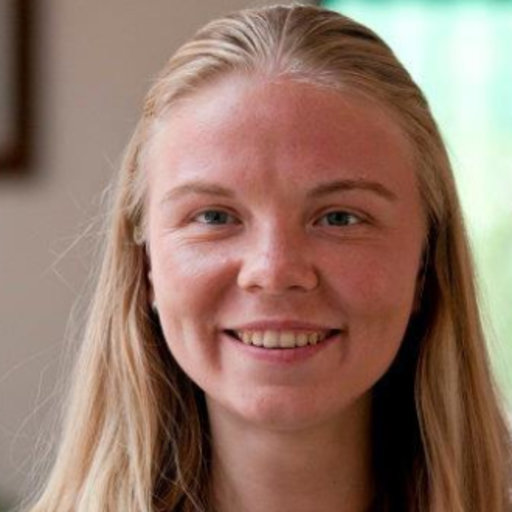
Elena Akish
Research Scientist
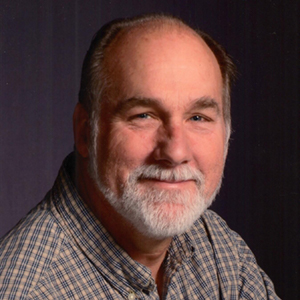
Tom Ayers
Engineer

Ludovic Bariteau
Research Scientist
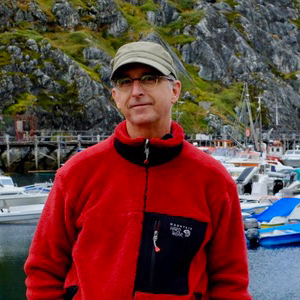
Byron Blomquist
Research Scientist/Principal Investigator
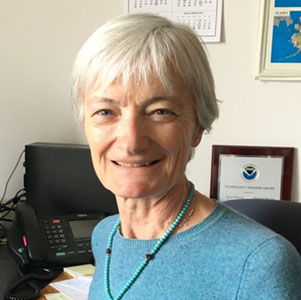
Antonietta Capotondi
Research Scientist

David Costa
Engineer

Chris Cox
Research Scientist
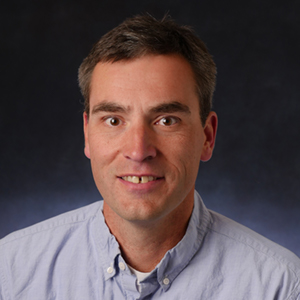
Gijs de Boer
Research Scientist
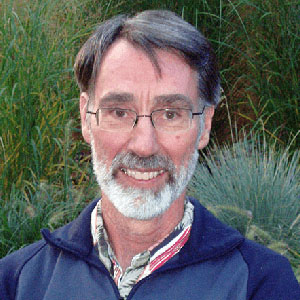
Chris Fairall
Research Scientist
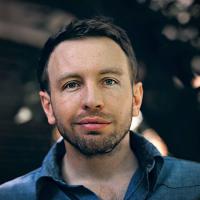
Michael Gallagher
Research Scientist
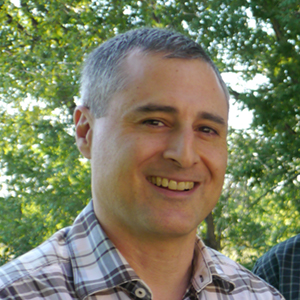
Daniel Gottas
Software Developer

Mimi Hughes
Research Scientist
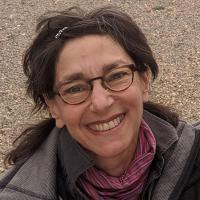
Janet Intrieri
Forecast Support
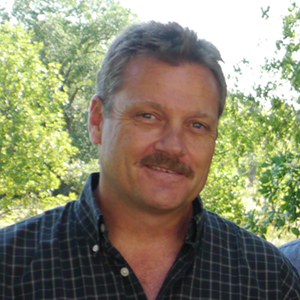
Jesse Leach
Engineer

Maximilian Maahn
Research Scientist

Sara Morris
US Coordinator
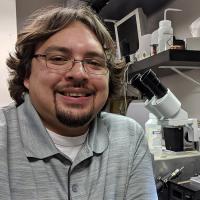
Jackson Osborn
Engineering Support
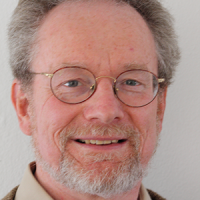
Ola Persson
Research Scientist
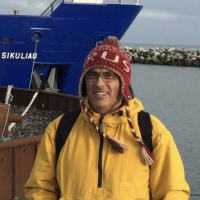
Sergio Pezoa
Engineer
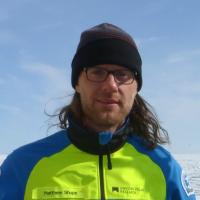
Matthew Shupe
MOSAiC Co-Coordinator/Principal Investigator
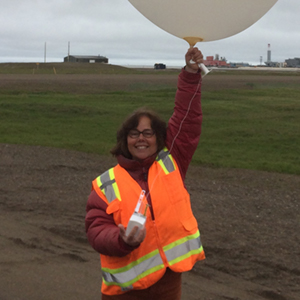
Amy Solomon
Research Scientist
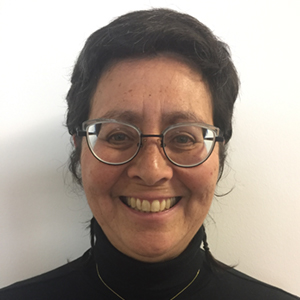
Taneil Uttal
Atmosphere Team Coordinator/Researcher
Learn More
Videos and Podcasts
- An Arctic Expedition - MOSAiC (NOAA 8th Grade Science Days, Sara Morris)
- Supplying an Arctic Expedition - MOSAiC (Reach the World - Exploring by the Seat of Your Pants, Sara Morris)
- There and Back Again (CU Denver, Jackson Osborn)
- Engineering at the Top of the World (Reach the World - Exploring by the Seat of Your Pants, Jackson Osborn)
- MOSAiC (Reach the World - Exploring by the Seat of Your Pants, Taneil Uttal)
- Measuring the Zeros (The IcePod, Taneil Uttal)
- Living at the North Pole (PSL Funtastic Science, Taneil Uttal)
- Clouds in the Arctic System (MOSAiC School Lecture, Chris Cox)
- MOSAiC Expedition (Reach the World - Exploring by the Seat of Your Pants, Matt Shupe)
- MOSAiC Arctic Expedition (Reach the World - Exploring by the Seat of Your Pants, Matt Shupe)
- International Arctic Research United on an Ice Floe (Alfred-Wegener-Institute, Matt Shupe)
- The MOSAiC Expedition: The Largest Arctic Expedition in History! (Test Tube Talks, Matt Shupe)
External links are provided as a courtesy. Endorsement of non-NOAA sites is not implied.


